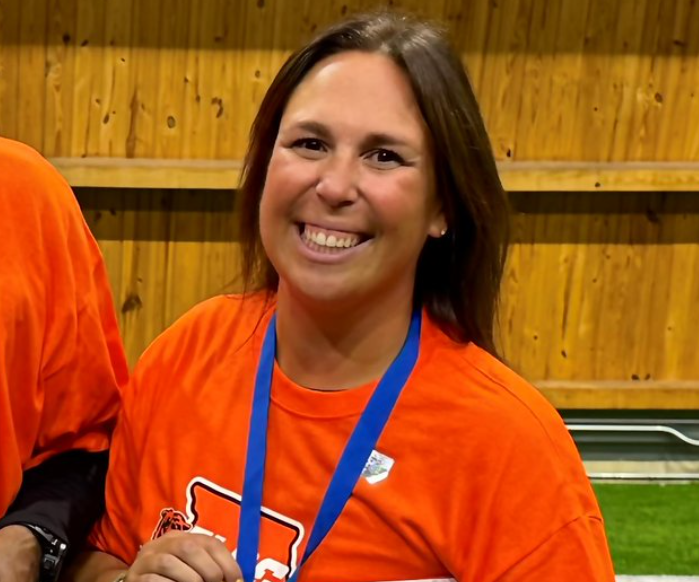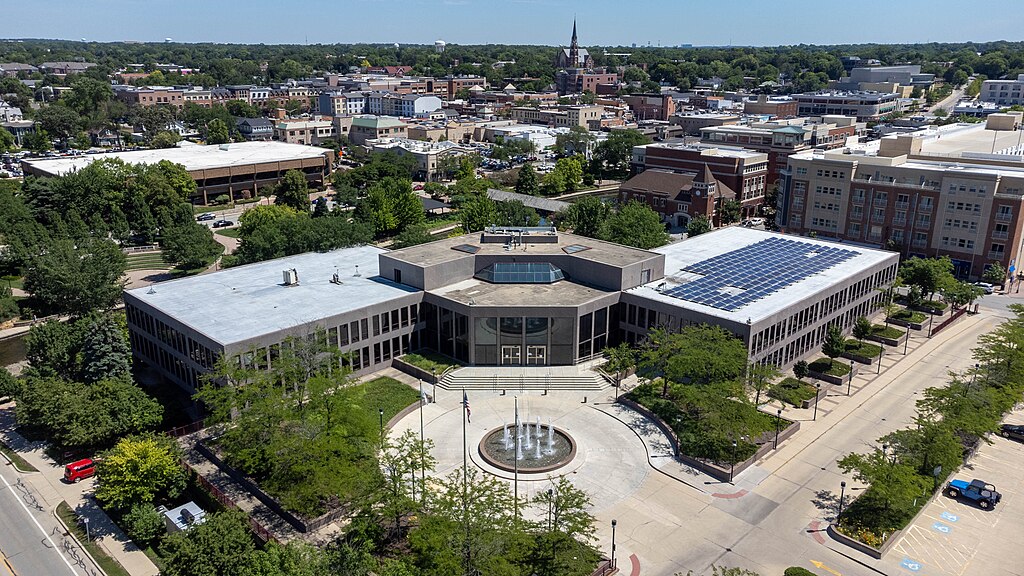It’s time to admit America is doing education all wrong
March 14, 2020
I can’t remember the last time I walked through the Central hallways and didn’t hear someone say, “Ugh! I want to go home.” Admittedly, I sometimes feel the exact same way. It is no secret that many kids don’t particularly love school. Yes, school can be hard work. But it can co-exist with happiness.
Other countries seemed to have cracked the code of finding a balance between academic achievement and happiness from which the American school system could learn from.
The school system in Finland is an ideal model with some of the highest test scores and some of the happiest people.
In 2011, the Organization for Economic Cooperation and Development (OECD) tested 15-year-olds from 79 countries as part of the Program for International Student Assessment study. With the data collected, Finland consistently had the best average scores in all three categories of reading, math and science, while the U.S. consistently scored close to average.The natural question is, how has Finland been so successful?
It starts with the teachers. Teaching is considered to be a very well respected job
In Finland, much more so than in America. In fact, according to the Center on International Education Benchmarking, only about one in 10 people who apply to teaching programs in Finland are accepted. Those who do qualify,however, are given enormous amounts of freedom of how they would like to teach.
Unlike in the U.S., school funding and job success in Finland cannot be impacted by scores of standardized tests. This allows teachers to teach more freely, which has yielded more successful students based on their international rankings.
There is also more respect for their time. According to the OECD, in comparison to teachers in the U.S., who have the highest reported number of hours spent teaching per week than any other country, Finnish teachers spend much fewer hours a day at their job.
Additionally, in Finnish classrooms there is much more of an emphasis on social-emotional learning of how to handle tough situations and maintain positive mental health. Also, students are given more free time to relax.
According to a 2015 OECD study, Finnish students on average spent 2.8 hours on homework per week in comparison to the United States 6.1 hours per week. Also by law, teachers are required to give Finnish students 15 minute breaks every 45 minutes of learning in comparison to U.S. schools that usually only permit 30 minute recesses in the whole school day.
Finally, the learning environment in Finland is not overly competitive. The schools are not ranked against each other, students only are required to take one standardized test during their entire schooling careers and rather than having a focus on producing prodigies, Finnish schools devote more time to ensuring equality in education amongst all students.
In an interview with the Atlantic, Pasi Sahlberg, director of the Finnish Ministry of Education’s Center for International Mobility said competition makes the Finnish uncomfortable and that “Real winners do not compete.” Rather, schools, teachers and students all view cooperation as the main element of a strong education.
The U.S. clearly needs to make some major changes. For one, teachers are responsible for educating the next generation, which is such a valuable skill and needs to be treated as one.
With less burdensome work hours, more pay and more freedom, teachers will be more motivated to help students succeed. Overworking students also has proven to be counter productive in terms of student performance and contributes to unhappiness and mental health issues. Instead, the U.S. should learn from Finland and cut the number of hours of homework assigned and also include social-emotional learning in curriculum. Finally, rather than comparing schools, the U.S. should move towards a more cooperative environment.







